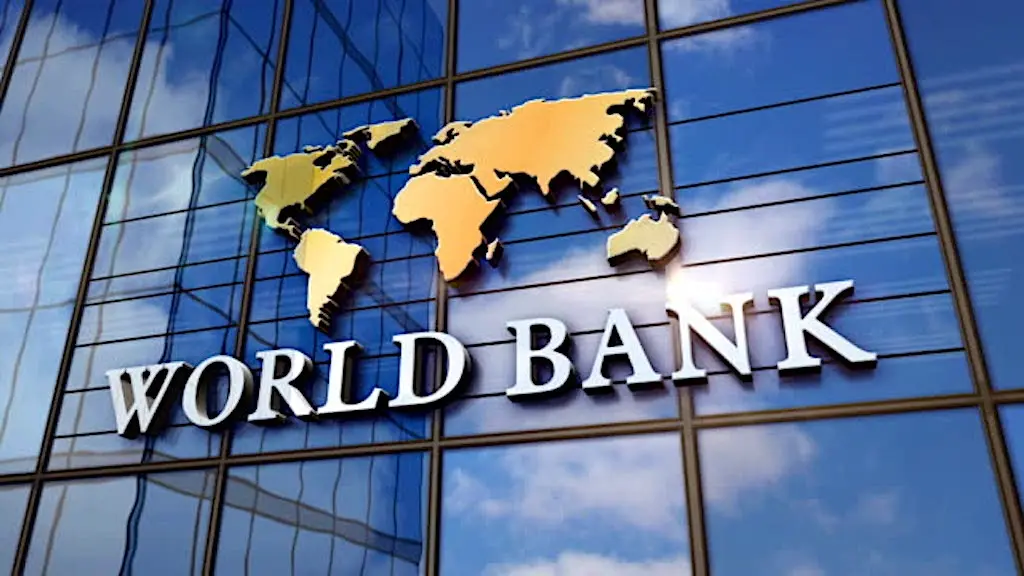
The World Bank has revised its 2025 economic growth projection for Vietnam, citing the growing impact of new U.S. tariffs and a cooling export market.
According to a report by Reuters on Monday, the global lender now expects Vietnam’s economy to grow by 6.6%, down from its earlier forecast of 6.8%. The downgrade reflects expectations of slower activity through the rest of the year, despite a strong performance in the first half.
This new outlook is well below Vietnam’s official government target of 8.3% to 8.5% for 2025.
“Vietnam remains vulnerable to global headwinds due to its heavy reliance on exports,” the World Bank said. “Softening demand from major trading partners and ongoing trade-policy uncertainty could weigh on both business and consumer confidence.”
U.S. Tariffs Begin to Bite
The United States, Vietnam’s largest export destination, imposed a 20% tariff on Vietnamese goods starting August 7, along with a steeper 40% tariff on products rerouted from third-party countries through Vietnam. The move is already showing signs of strain on export figures.
A separate update by Oxford Economics noted that Vietnam’s seasonally adjusted goods exports shrank by 3.6% in August, compared to the previous month.
In contrast, official Vietnamese data released over the weekend painted a more optimistic picture, showing August exports were up 14.5% year-on-year, and 2.6% higher than in July though without seasonal adjustment.
“The tariff impact will likely cause further cooling in export growth, but electronics could continue to offer some resilience,” Oxford Economics said in a note.
Looking Ahead: More Moderation Before a Bounce-Back
Looking beyond 2025, the World Bank forecasted that Vietnam’s growth will ease further to 6.1% in 2026, before rebounding slightly to 6.5% in 2027. The recovery is expected to be driven by a global trade rebound and Vietnam’s ongoing strength as a cost-competitive manufacturing hub.
Vietnam’s Economic Balancing Act
Vietnamese Prime Minister Pham Minh Chinh acknowledged over the weekend that global trade tensions combined with rising geopolitical and military risks are putting added pressure on supply chains, inflation, and the exchange rate.
Despite these challenges, Oxford Economics observed that domestic fundamentals remain strong.
“Private consumption and government-led infrastructure investment will continue to support growth, even as exports soften further,” the firm said.



